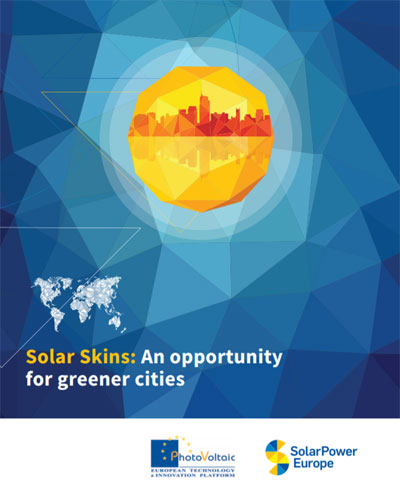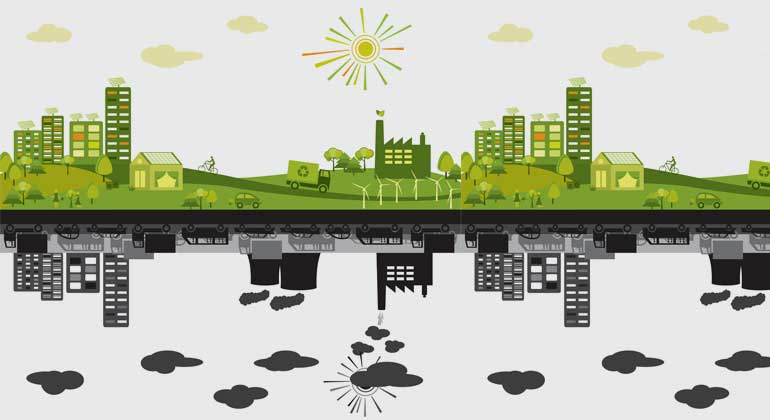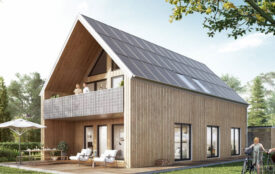A new joint report on business models for greener cities
Yesterday at the EU Sustainable Energy Week (EUSEW) in Brussels, SolarPower Europe and ETIP PV launched a report highlighting the huge potential of Building Integrated Photovoltaics (BIPV) technologies to support the transition towards carbon neutral European cities.
The report “Solar Skins: An opportunity for greener cities” demonstrates how local authorities can hugely benefit from BIPV technologies to accelerate the decarbonation of their building stock, while promoting the uptake of a promising European industry delivering local and highly skilled jobs across the energy and construction sector. It intends to become a reference document to raise awareness amongst local authorities and policy makers and promote the use of solar skin technologies to speed up the decarbonisation of Europe’s building stock.
Rutger Schlatmann, Director PVcomB Helmholtz-Zentrum Berlin and coordinator of ETIP PV IPV Working group said: “Within ETIP PV´s working group on Integrated Photovoltaics, we are convinced that there is a huge potential for Solar Skins in Europe. This technology offers tremendous opportunities for cities and communities to actively contribute to climate change mitigation, to gain control over their energy supply and create many clean energy jobs. Over the past years, ETIP PV has worked hard to bring together many of the stakeholders on a European as well as on a national level. We believe this report outlines a number of very concrete best practices on how municipal authorities can integrate Solar Skins and thus lead the way towards greener cities.”
Alexandra Sombsthay, VP European & International Public Affairs of Akuo Energy and Chair of SolarPower Europe’s BIPV Taskforce commented: “BIPV is the next leapfrog in the PV sector that will allow massive development of solar skinned building. By addressing both aesthetics and energy-supply challenges, it provides a new range of solutions to actually mitigate climate change. As chairperson of the BIPV taskforce, I am extremely impressed by the dynamism of the industry backing this genuine revolution that goes along with a strong buy-in by the architects.”
Walburga Hemetsberger, CEO of SolarPower Europe said: “Buildings currently account for 40% of the EU final energy consumption and nearly 40% of total direct and indirect CO2 emissions. The decarbonization of the building stock is therefore a key milestone to achieve a carbon neutral European economy by 2050. SolarPower Europe is committed to support local authorities in developing ambitious and integrated building renovation strategies, building on available and innovative technologies from the energy and construction sectors. This report showcases the many advantages of BIPV technologies, providing cost-competitive and highly aesthetical solutions to deliver not only carbon neutral, but energy positive buildings.”
The report “Solar Skins: An opportunity for greener cities” is available for download here .

Source
Europäische Technologie- und Innovationsplattform für Photovoltaik (Etip-PV) 2019








